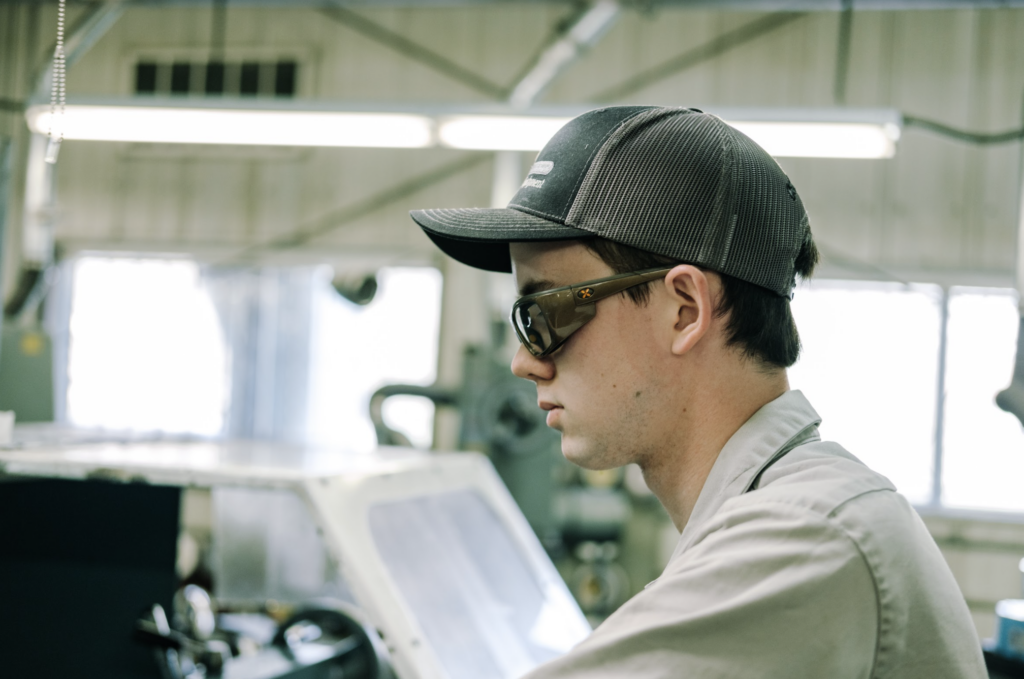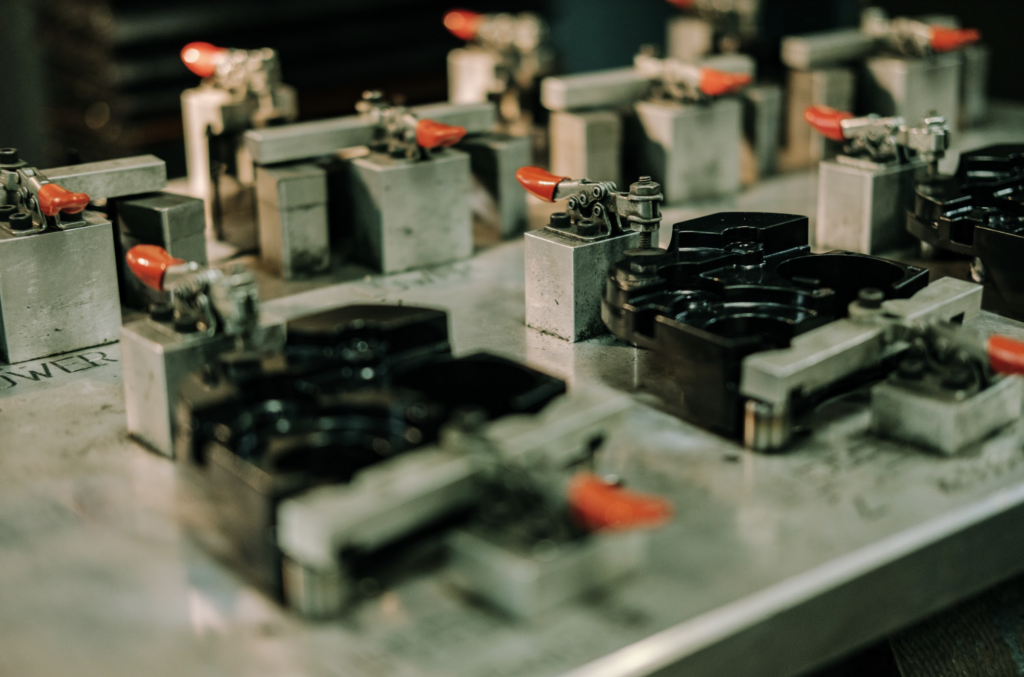
The Importance of Wall Thickness in Plastic Injection Molding
Plastic injection molding is a very precise science…if you want correct, working parts.
Out of every consideration you need to take when making a plastic injection molded part, which is the most crucial? What do you definitely want to do correctly the first time? Wall thickness.
In our 20+ years of experience, we’ve found that wall thickness has the most significant impact on the cost, production speed, and final quality of a part.
The Advantages of Proper Wall Thickness

During the crucial engineering stage of wall thickness, one must consider a careful balance of weight, geometry, and budgetary considerations. By adhering to these three considerations, the ideal wall thickness can be identified and maintained.
For example, while thick plastic walls offer more strength, they also have a greater tendency to warp during the cooling stage of the manufacturing process.
While thick walls offer additional strength, there are some advantages to engineering thinner walls. In fact, the longer a production run, the more benefits that can be gained by keeping a part thin and light, so maintaining optimal wall thickness is particularly important for high-volume injection molding projects. Keeping walls as thin as possible allows for:
- Resistance to warping during the cooling process
- Reduced costs due to less material usage and faster manufacturing
- Reduced overall weight for ease of handling, management, and shipping
- Quicker cooling cycles for shorter, more efficient production run time
Wall thicknesses are not subject to any restrictions, but generally, the goal is to create the thinnest wall possible while taking into account the part’s structural requirements and overall size and geometry. The flow behavior and material qualities of the resin should also be considered.
What Could Cause Imperfections?
Consistent wall thickness is critical during the cooling process in injection molding; if some sections of a part are thinner than others, the part may be vulnerable to warping, cracking, twisting, and overall failure. Uniform wall thickness minimizes both shrinkage and residual stress in the final part.
If completely uniform walls simply aren’t an option, gradual thickness variations are essential to maintaining design stability. Wall thickness variations in high-mold-shrinkage plastics should never exceed 10%, even with gradual transitions to accommodate for potential stress concentrations.

Uniform wall thickness also allows for the most efficient, uniform flow of resin through a tool for ideal processing. Variations in wall thickness cause molten polymers to take preferential flows, leading to air trapping, unbalanced filling, and weld lines.
Save Time & Money
Thermoplastic injection molding is performed using a wide variety of materials. From short prototype runs to extensive round-the-clock runs, we are a true custom molder. Let K&B Molded Products make your next project your biggest success yet. Get in touch today!



